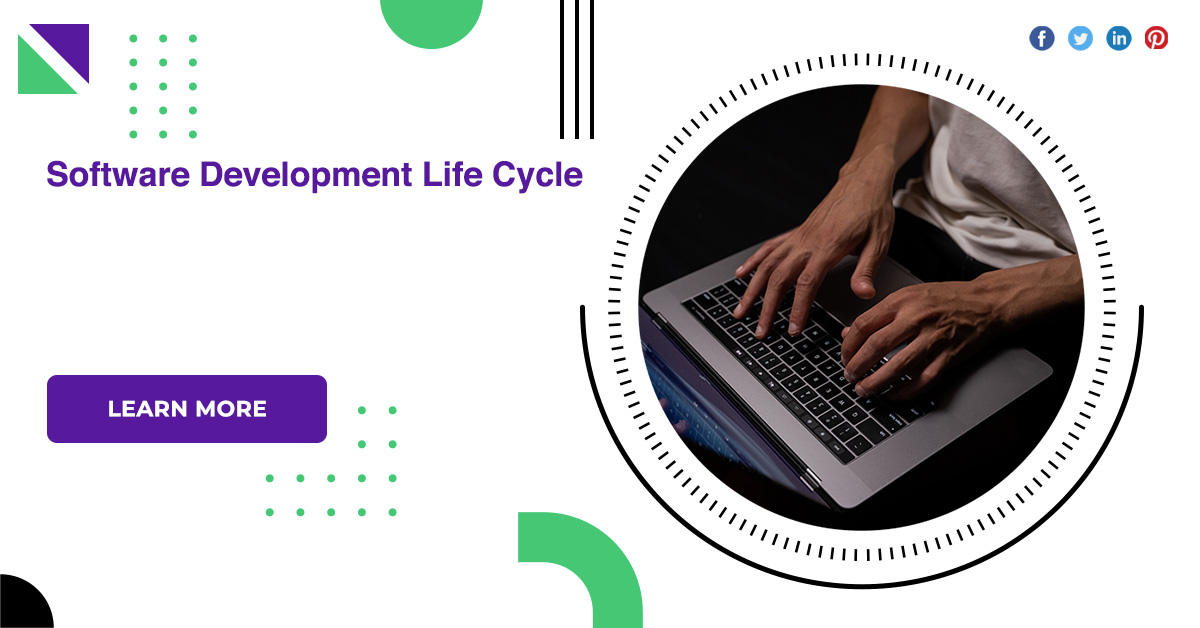Software Development Life Cycle
A software life cycle model is a pictorial and graphical representation of the software life cycle. A life cycle model represents all the methods needed to move a software product through the stages of its life cycle. It also captures the structure in which these methods are to be executed. In other words, the life cycle model maps the various activities performed on a software product from its inception to its retirement.
Software development life cycle
Requirements planning and analysis
Requirements analysis is the most important and necessary phase of the SDLC. It is conducted by senior team members with input from all stakeholders and industry experts. In this phase, the planning of quality assurance requirements and the identification of risks associated with projects is also carried out. The business analyst and project organizer arrange a meeting with the client to gather all the data, such as what the customer wants to build, who will be the end user, what is the goal of the product.
Defining requirements
Once the requirements analysis is done, the next stage is definitely to represent and document the software requirements and get them from the project participants. This is achieved through SRS document, which contains all the product requirements to be developed during the project life cycle.
Design
All knowledge about software project requirements, analysis and design will be reduced. This phase is a product of the last two, such as gathering customer input and requirements.
Project development
In this phase of the SDLC, the actual development begins and the programming is built. Design implementation begins when you write the code. Developers must follow the coding guidelines described in their administration and programming tools such as compilers, interpreters, debuggers, etc.
Testing
After the code is generated, it is tested against the requirements to ensure that the products meet the needs addressed and gathered during the requirements phase. Unit testing, integration testing, system testing, and acceptance testing are performed during this phase.
Deployment
Once the software is certified and no bugs or errors are listed, it is deployed. Then, based on the assessment, the software can be released as is or with a proposed improvement in the object segment.
Maintenance
Once the client starts using the developed systems, then there are real problems and requirements that need to be addressed from time to time. The initial conception and creation of the SDLC addressed security activities only as a separate and isolated task, performed within the testing phase. The downside of this back-and-forth approach was the inevitably high number of vulnerabilities or bugs discovered too late in the process, or in some cases not discovered at all.
Conclusion
Testing is the next phase that is done to verify that the entire application is working as per the customer’s requirements. Installation and deployment begin when the software testing phase is completed and no bugs or errors remain in the system.











